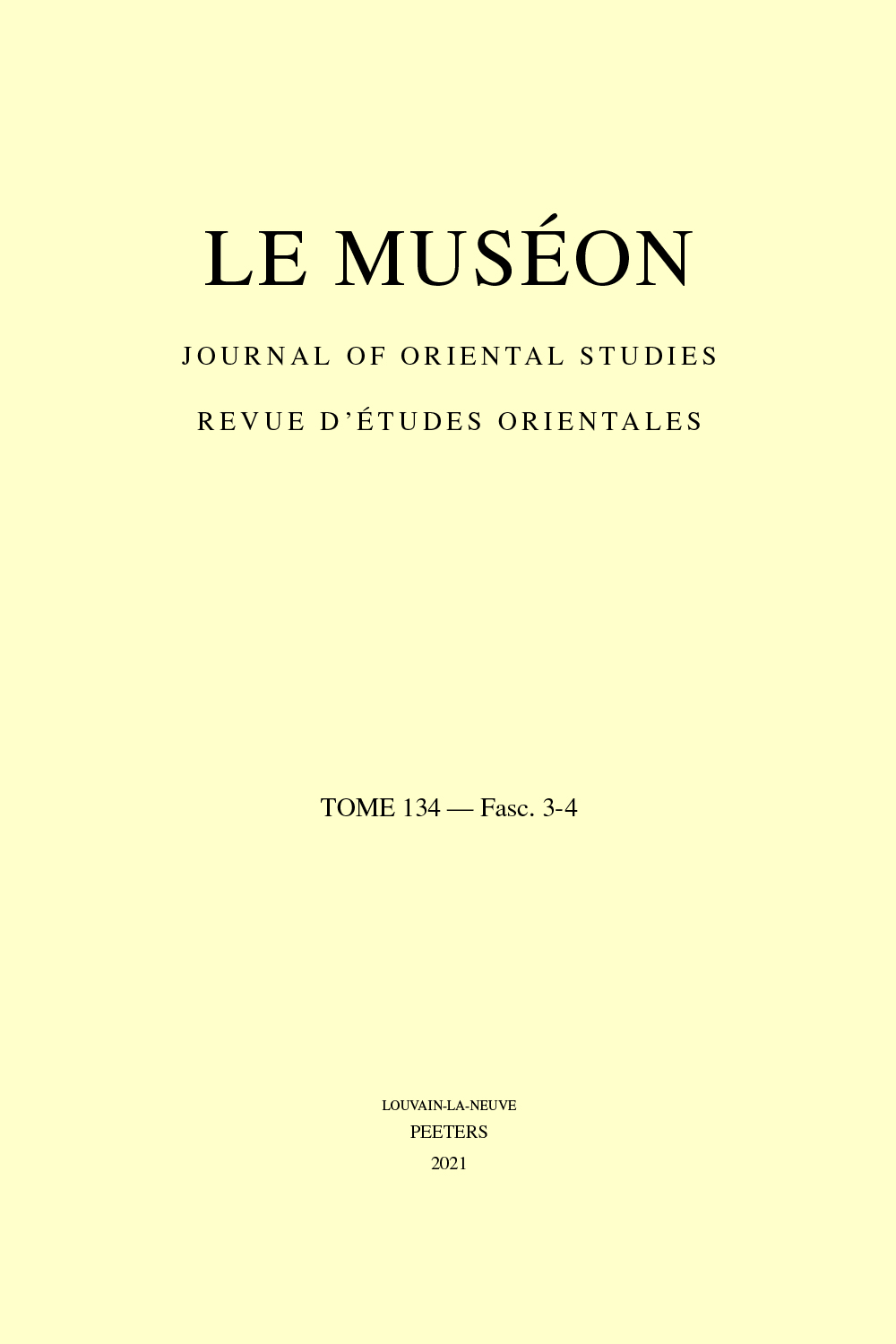 previous article in this issue previous article in this issue | next article in this issue  |

Preview first page |
Document Details : Title: Scythians and Avesta in an Armenian Vernacular Paternoster and a Zok Paternoster Author(s): RUSSEL, J.R. Journal: Le Muséon Volume: 110 Issue: 1-2 Date: 1997 Pages: 91-114 DOI: 10.2143/MUS.110.1.525802 Abstract : The two versions of the Paternoster discussed here illustrate in their diverse ways how the central prayer of the Christian faith has been used and modified, steeped in theological conceptions and pre-Christian mythologies of the easternmost of the native Christian nations, over nearly seventeen centuries. We have seen it as a simple, talismanic petition for divine protection, in the dialect of a man who was certainly one of the very oldest living speakers of Zokerēn. In a folk poem, it reveals a whole Scytho-Alan stratum of legend about the sources of Armenia's conversion to Christianity, carefully harmonized to the Arsacid legend and faithful in its essentials to Armenia's dual claims to Iranian glory in epic — the Alans in the north and the Parthians in the south. And Christ becomes the oil of the Psalmist and of Enoch, of Byzantine theology and myron, expressed from an Armenian magical flower on a mountain that bears the name — as we discover — of a Zoroastrian sacred being. |
|


